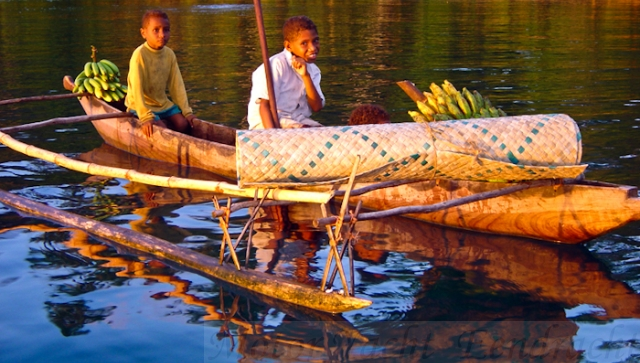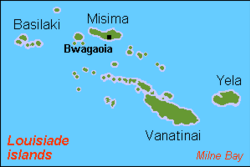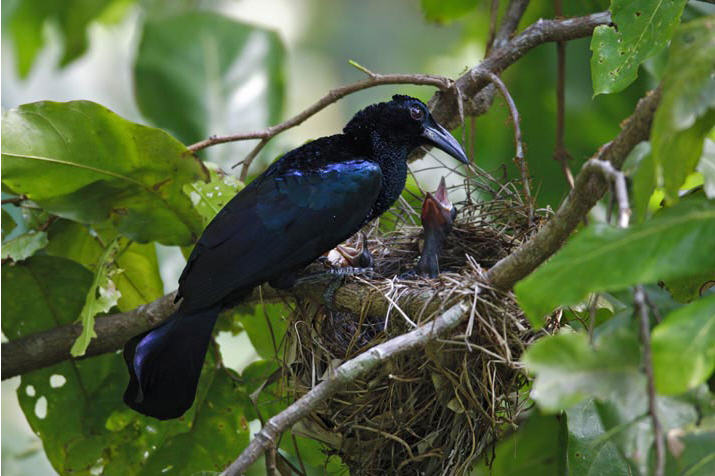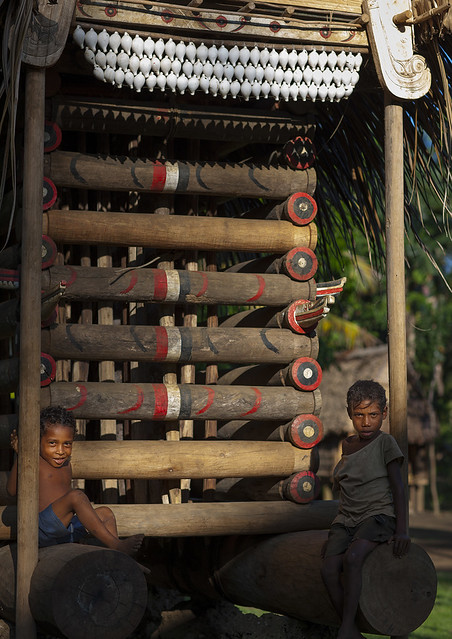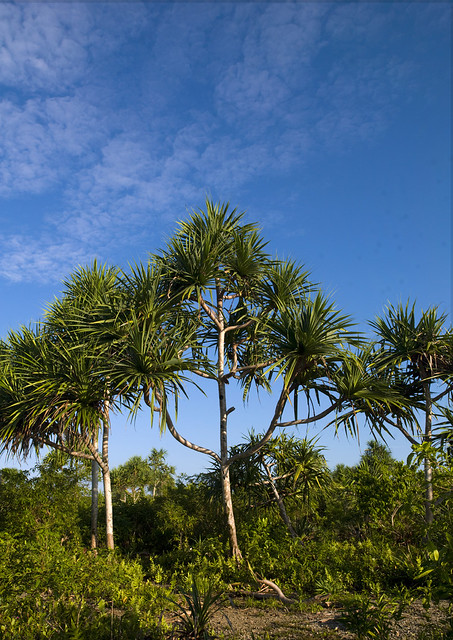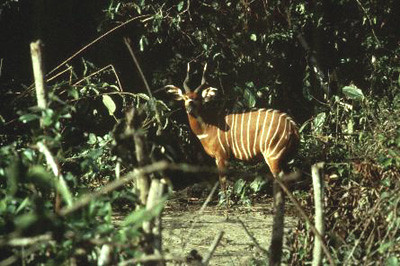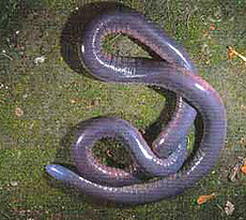Source google.com.pk
The Eastern CongolianSwamp Forest
The Eastern Congolian swamp forest, combined with the neighboring Western Congolian swamp forest, contain some of the largest areas of swamp forest on the planet. Although not known to be particularly outstanding in either species richness or endemism, these forests are largely intact. Poaching is likely to have reduced populations of forest elephants (Loxodonta africana cyclotis) along the main rivers, especially close to any navigable waterways. Biologically, this is one of the least known ecoregions in the world, and surveys are urgently needed. Conservation efforts are required to safeguard populations of bonobos (Pan paniscus), and to assist the management of protected
The Eastern Congolian Swamp Forests are found on the left bank (facing downriver) of the Congo River and its tributaries, forming a large arc across the central portion of the Congo Basin. The ecoregion is located wholly within the Democratic Republic of Congo.
Topographically, the area is almost entirely flat and occurs between 350 and 400 meters (m) in elevation. It is a part of the wet tropics, with mean annual rainfall over 2,000 millimeters (mm), and mean maximum temperatures over 30°C. Mean minimum temperatures range between 18 and 21°C. There is little seasonality, as the area is close to the equator, and the humidity level is high. Human population densities average around 12 persons per km2, and are generally concentrated in villages along the major river systems.
This ecoregion encompasses a number of the Congo River's largest tributaries. The most dramatic change in topography and the largest riparian barrier is the Stanley Falls, located near Kisangani. The most important tributaries and other waterbodies are the following (from west to east): Lake Ntomba, Lake Tumba, the Ruki-Momboyo, and Ruki-Busira-Tshuapa-Lomela systems, the Lulonga-Maringa-Lopori system, and the Lomami system.

It is believed that during the past million years this swamp area has been both significantly drier and wetter than present, and that this region could, at some point, have been beneath an enormous lake. There is debate on whether this area remained forested, or if the forest was lost and replaced by savanna-woodland and other more arid forms of vegetation during the height of the Ice Age cold periods. However, it is generally accepted that there was a considerable drying of the climate in the central Congo Basin region, and it seems likely that the forest at some points was restricted to the wetter riparian areas. The soils overlying these sediments are classified predominantly as gleysols, indicating the considerable waterlogging that the area experiences each year. These soils are found over a large area mapped as 'basins and dunes', which may indicate the past extent of considerable climatic desiccation.
White defined these forests as Guineo-Congolian swamp forest and riparian forest, part of the Guineo-Congolian regional center of endemism. The vegetation consists of a mosaic of open water, swamp forest, seasonally flooded forest, dryland forest, and seasonally inundated savannas, all of which are affected by the seasonal flooding of the Congo River and its major tributaries. The swamp forests are characterized by species such as Guibourtia demeusei, Mitragyna spp., Symphonia globulifera, Entandrophragma palustre, Uapaca heudelotii, Sterculia subviolacea, Alstonia congensis, and species of Manilkara and Garcinia. Permanently flooded swamp regions host areas of near monospecific stands of Raphia palm, which can occupy significant areas within the ecoregion. Levee forests occur on higher ground and host a high diversity of liana species, as well as Gilbertiodendron dewevrei and Daniellia pynaertii growing along the levees. Open areas are home to giant ground orchids (Eulophia porphyroglossa), and riverbanks are often lined with arrowroot (Marantochloa spp).
Biodiversity Features
The flora of the Eastern Congolian swamp forests share elements with both the Western Congolian swamp forests to the northwest and the Central Congolian lowland forests to the south, but contain relatively few endemic plant species. There has been great debate over whether forest persisted in the swamp forests of the Central Congo Basin during the most arid periods of the Ice Age. One line of evidence suggesting that some forest did survive is the presence of a few species, such as the bonobo (Pan paniscus, EN) restricted to the central portion of the Congo Basin. The fact that relatively few narrowly endemic species occur when compared with other Congo Basin ecoregions indicates that the forests may have declined greatly or even been lost.

The Congo River presents a formidable biogeographic and dispersion barrier to many species, with the clearest examples found among the primates. For example, Angolan colobus (Colobus angolensis), Wolf's guenon (Cercopithecus wolfi), bonobo (Pan paniscus, EN), golden-bellied mangabey (Cercocebus galeritus chrysogaster), black mangabey (Lophocebus atterimus aterrimus), southern talapoin (Miopithecus talapoin) and dryad guenon (Cercopithecus dryas) occur only on the left bank of the Congo. In comparison crowned guenon (Cercopithecus pogonias EN), chimpanzee (Pan troglodytes, EN), agile mangabey (Cercocebus agilis), and gray-cheeked mangabey (Lophocebus albigena) occur only on the right bank. The distribution of Demidoff's galago (Galagoides demidoff) subspecies follows a similar pattern, with G. d. anomurus and G. d. murinus found only on the right bank of the Congo and G. d. phasma found only on the left. Allen's swamp monkey (Allenopithecus nigroviridis) is found on both sides of the Congo River.
Near-endemic small mammals include a brush-furred rat species (Lophuromys huttereri), Allen's striped bat (Chalinolobus alboguttatus), and Muton's soft-furred mouse (Praomys mutoni). There is one strictly endemic rodent species (Praomys mutoni). Gaps in knowledge still remain. While a vast body of information exists in museum collections in Belgium, further research, as well as additional floral and faunal surveys, are necessary to determine even the most basic biological information about this ecoregion.
Avifaunal richness is moderately high in this ecoregion, although no birds are known to be endemic. Some biome-restricted bird species present within the ecoregion include Congo black-bellied sunbird (Nectarinia congensis), African river martin (Pseudochelidon eurystomina, DD) and the Congo martin (Riparia congica).
Several amphibians and reptiles are endemic to this ecoregion, although only one amphibian is strictly endemic: the tiny wax frog (Cryptothylax minutus). There are also four near-endemic reptiles: the gray chameleon (Chamaeleo chapini), Gastropholis tropidopholis, Polemon robustus, and Zygaspis dolichomenta.
Current Status
It has been recently estimated that about 124,000 km2 of swamp forests remain in the Congo Basin, with perhaps half in this ecoregion. The Congo River is a highly navigable waterway, making most of the area accessible to poachers. Salonga National Park, Lomako Reserve, and Lomami Lualaba Forest Reserve all fall within this ecoregion, although Salonga N.P. contains the largest area of swamp forest under formal protection. Tumba is another area that has been proposed for protection, as have other priority areas for biodiversity conservation.
Types and Severity of Threats
Logging and associated poaching are the major threats in this ecoregion due to the ease of access through the Congo River and its tributaries. The Service Permanent d'Inventaire d'Amenagement Forestier has noted that extensive areas along the left bank of the Congo River has been allocated as concessions for logging.
Hunting is a major threat. Larger species are hunted for bushmeat, elephants are hunted for ivory and meat, and bonobos are hunted for meat, fetishes and the pet trade. Anecdotal information suggests that elephants have disappeared from large areas. Elephant hunting in the Democratic Republic of Congo is extremely well organized and professional. Areas close to the Congo River and other major waterways may have also suffered reduction in other wildlife populations, including bonobos.
Justification of Ecoregion Delineation
The boundaries of the Eastern Congolian Swamp Forests roughly follow those mapped by White. Although the entire swamp forest is floristically similar (albeit relatively species-poor), it was separated into an eastern and western section based on the significant ecological barrier that the Congo River presents to non-flying vertebrates. This is clearly shown by the primates of this ecoregion; especially by the presence of bonobo (Pan paniscus), which is absent on the right bank of the Congo River





























